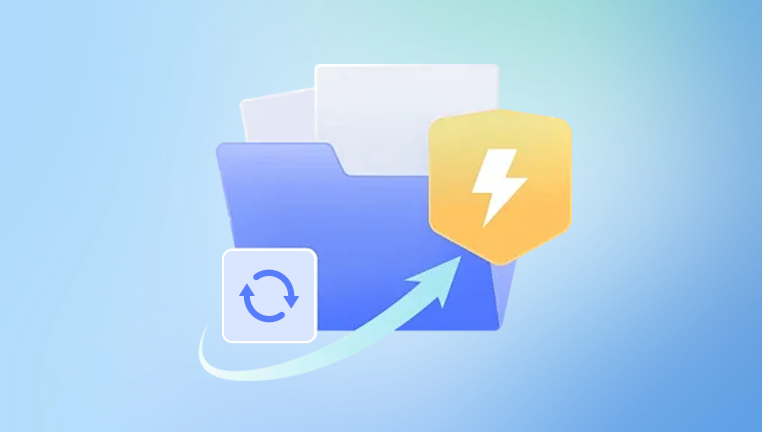Common causes include:
Sudden Power Outages: Interruptions during a save process.
Virus or Malware Attacks: Malware can alter or delete file contents.
Software Conflicts: Issues with Excel or third-party add-ons.
Bad Sectors on Storage Devices: Damaged areas on hard drives or USB sticks.

System Crashes: OS or application crashes while the file is open.
Improper Shutdowns: Forcing your computer off while files are open.
Recognizing these factors can help you not only recover files but also prevent future issues.
Immediate Steps to Take After Corruption
As soon as you suspect a file is corrupted, act quickly to maximize your chances of recovery:
Stop using the affected device — further writes to the disk can make recovery harder.
Make a copy of the corrupted file — this allows you to attempt different recovery methods without risking the original.
Try opening the file on another device or another version of Excel.
Don’t panic — often, Excel or online tools can salvage a lot more than you think.
Manual Methods to Try First
Before using online services, try these manual techniques that might fix the corrupted file for free.
1. Open and Repair Feature in Excel
Microsoft Excel has a built-in repair tool that can often fix corrupted files.
Steps:
Open Excel.
Go to File > Open.
Browse for your corrupted file.
Click the drop-down arrow next to the "Open" button.
Select Open and Repair.
Choose Repair when prompted.
If Repair doesn’t work, try the Extract Data option to pull usable information.
2. Recover from Previous Versions (Windows)
If you have File History enabled or you're using OneDrive, you may be able to revert to an earlier, healthy version of your file.
Steps:
Right-click the Excel file.
Select Properties.
Go to the Previous Versions tab.
Choose an earlier version and click Restore.
3. Copy Data to a New Workbook
Sometimes, you can open the file but certain parts are unreadable. In that case:
Open the file.
Select all the data you can.
Copy and paste it into a new workbook.
Best Online Free Tools to Recover Corrupted Excel Files
If manual methods don't work, several free online services specialize in recovering Excel files. Let's review the most reliable ones.
1. Drecov Data Recovery
Drecov Data Recovery is designed to handle all types of file damage, whether caused by sudden power outages, system crashes, or virus attacks. Its powerful scan engine digs deep into your storage media, finding corrupted or inaccessible Excel files and working to restore them to their original condition. The tool supports all Excel file types, including XLS and XLSX, ensuring compatibility with both older and newer versions of Microsoft Office.
Using Drecov Data Recovery is easy. Just install the software, select the drive or folder where your Excel file was located, and start a scan. Within minutes, the software will display a list of recoverable files, often allowing you to preview the content before recovery. From there, you can restore the file and continue your work without missing a beat.
2. Panda Assistant
Website: https://www.pddatarecovery.com/
Recovery Toolbox provides an easy upload and repair feature. You get a preview of recovered data for free, though exporting the repaired file might cost extra.
Pros:
Supports a wide variety of Excel versions.
Effective for minor to moderate corruption.
Cons:
May not repair severely damaged files without payment.
Step-by-Step: Using an Online Recovery Tool
Here’s a typical process using an online recovery platform:
Go to the chosen recovery website.
Click Upload and select your corrupted Excel file.
Wait for the platform to scan and analyze your file.
Preview the recovered data.
Download the repaired file or manually copy the previewed data if a free download isn’t available.
Tip: Always scan recovered files with antivirus software before opening them, especially when using online services.
Preventing Excel File Corruption in the Future
An ounce of prevention is worth a pound of cure. Here’s how to minimize the risk of corruption:
Always save backups: Regularly back up important files to cloud services like Google Drive or OneDrive.
Enable AutoSave: Excel 365 and newer versions have an AutoSave feature.
Use updated antivirus software: Keep malware away from your files.
Shut down properly: Avoid forced shutdowns when Excel files are open.
Update your software: Always use the latest version of Excel.
Use reliable storage media: Don't trust important files to cheap or failing USB drives.
Other Alternatives for Advanced Users
If free online tools fail, and the file is critical, you can explore more advanced methods:
Hex Editors: Skilled users can manually repair file headers using hex editors.
Data Recovery Software: Programs like Recuva or TestDisk can recover earlier versions of overwritten or deleted Excel files.
Professional Services: Data recovery specialists can sometimes retrieve highly corrupted files from damaged disks.
Losing an Excel file to corruption is frustrating, but it doesn’t have to be permanent. With careful steps and free online tools, you stand a good chance of recovering your valuable data. Always start with built-in Excel features, move to online recovery services like OfficeRecovery, Recovery Toolbox, or Aspose, and if all else fails, consider advanced recovery options.




